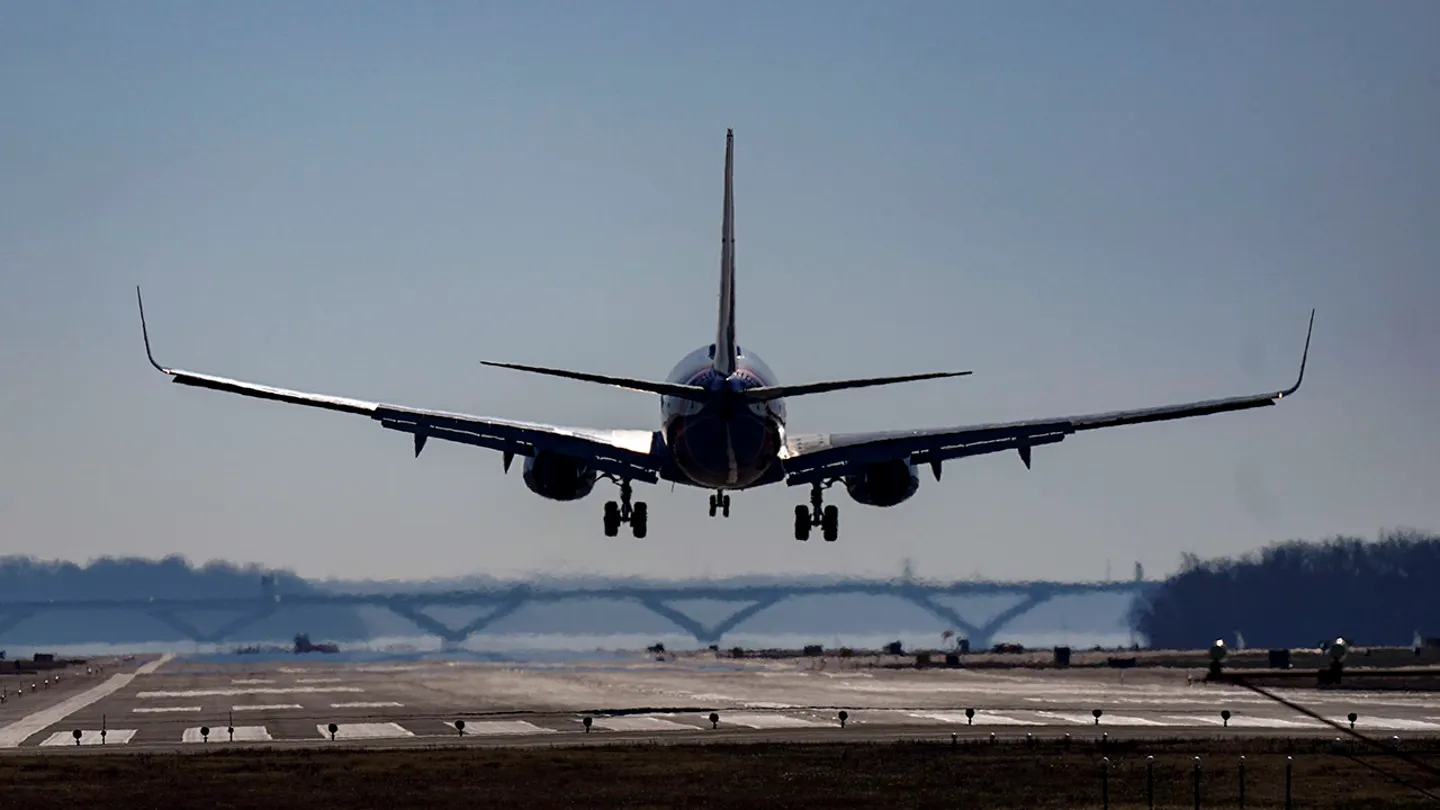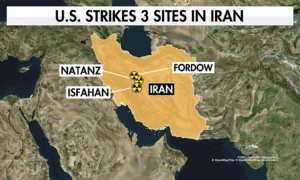The president praised the transportation department’s three-year plan to construct a new, “state-of-the-art” system to address critical safety needs, while criticizing the previous secretary, Pete Buttigieg, for having “no clue.” The plan aims to rebuild and modernize U.S. air traffic control.
“Enhance safety in the sky, reduce delays and unlock the future of air travel.” (Sean Duffy, Secretary of Transportation) This plan would replace the present, outdated system run by the Federal Aviation Administration (FAA).
“Under President Trump, America is building again,” Duffy said Thursday, as he unveiled the new plan for a “once-in-a-generation opportunity to build a brand new, state-of-the-art air traffic control system.”
The new system must be built “as an economic and national security necessity, and the time to fix it is now,” Duffy said, adding that the old system is showing its age due to decades of neglect.
To better handle contemporary travel, the FAA is proposing a new air traffic management system that would include replacing infrastructure such as radar, software, hardware, and telecommunications networks.
Those in charge claim that the present system was designed “for the past,” while the proposed alternative is more suited to “the future.”
In order to lessen the frequency of outages, boost productivity, and strengthen security, the strategy would make sure that facilities had access to improved technology.
“We’re going to be buying a brand-new, state-of-the-art system that will cover the entire world,” Trump announced earlier Thursday.
Communications, monitoring, automation, and facilities are the four pillars upon which the strategy rests, as stated by the Transportation Department.
Over 4,600 locations, 25,000 radios, and 475 voice switches will be upgraded to newer, more efficient systems by 2028, according to officials’ plans. Another 618 radars will be changed out by the year 2027.
Adding 200 more airports to the Surface Awareness Initiative network is another way the proposal will improve runway safety. The target completion date is 2027, according to officials.
Additionally, after a long hiatus since the 1960s, the Transportation Department has once again recommended the construction of six additional air traffic control centers. It also suggests relocating or replacing 15 towers and 15 TRACONs, which are structures that control the flow of aircraft in the airspace around major airports.
To establish a standardized platform system throughout all air traffic facilities, including towers, TRACONs, and centers, officials also suggested updating all hardware and software.
Air traffic control and pilots would have access to up-to-the-minute weather reports and precise surveillance footage in the Caribbean and Alaska as part of the plan to guarantee “safe and efficient flights for these critical locations.”
The FAA is dealing with a “rapidly growing, complex and demanding aviation sector,” according to officials, who emphasized the necessity of a new air traffic management system, as commercial air travel is returning to levels seen before the COVID-18 pandemic. New threats, such as drones and enhanced air mobility, were also mentioned by officials.
The present technologies used by the FAA “are showing their age,” according to officials, resulting in “delays and inefficiencies.”
Although the present National Airspace System is “safe,” the Department of Transportation emphasized the need of continuing to keep everyone safe.
In order to reinvest in the National Airspace System, the plan proposed a three-year framework and requested a “emergency supplemental funding increase.”
“Modernization of the NAS can no longer take 10+ years to complete; it must be done now,” according to the plan. “We need an immediate infusion of funding to address critical infrastructure needs.”
According to what Duffy indicated on Thursday, the project timeline is three to four years.
Without assistance, I will not be able to do this task. And Duffy indicated that the assistance of Congress would be necessary to achieve that goal. “We need all of the money up front.”
According to Duffy, the project might be prolonged if the funds were requested in “small tranches” spread out across many years.
“Politics change, leadership changes, presidents change, interest changes, and it never gets built,” said Duffy. To get all the money we need, I will request upfront appropriations from Congress. It’s my intention to report to Congress on our progress and expenditures on a quarterly basis.
According to Duffy, “10 to 15 years to build this” would be required if the Department of Transportation does not receive the funding.
“And by the time we get done with it, what we’re going to build is already going to be old technology,” added Duffy. “So we want to build this in three to four years, and we can do it with the help of Congress.”
According to a March assessment from the Government Accountability Office (GAO), the FAA system was handed down from the Biden administration and was antiquated, with “severe shortcomings” that made air travel hazardous nationwide.
Following Trump’s ascension to the presidency, the GAO informed the government that it had sent nine unfinished recommendations to the FAA during Biden’s administration, and that the safety problems left by Biden require “urgent attention” to resolve.
The FAA “did not prioritize or establish near-term plans to modernize unsustainable and critical systems” when Biden was in office, according to GAO.
Moreover, it follows the public release of audio from air traffic controllers after a temporary outage of radar and radio contacts with flights at Newark Liberty International Airport on April 28.
On April 28th, there was an outage that lasted around 90 seconds. The event was verified by the National Air Traffic Controllers Association, who informed AWN Digital that the FAA’s Philadelphia operation had “temporarily lost radar and communications with the aircraft under their control, unable to see, hear, or talk to them.”









